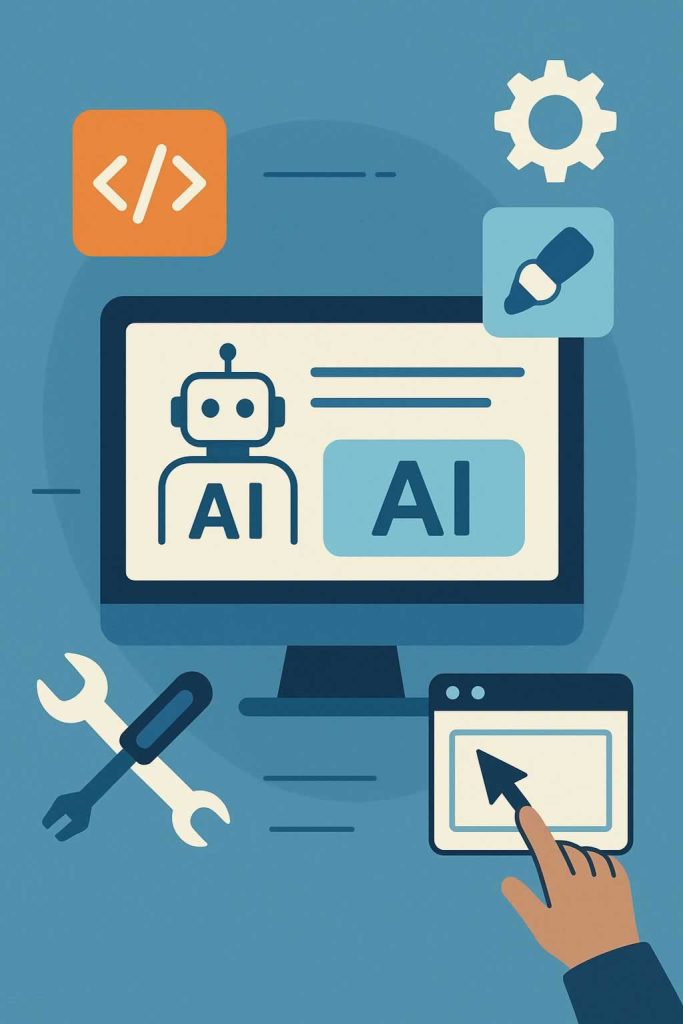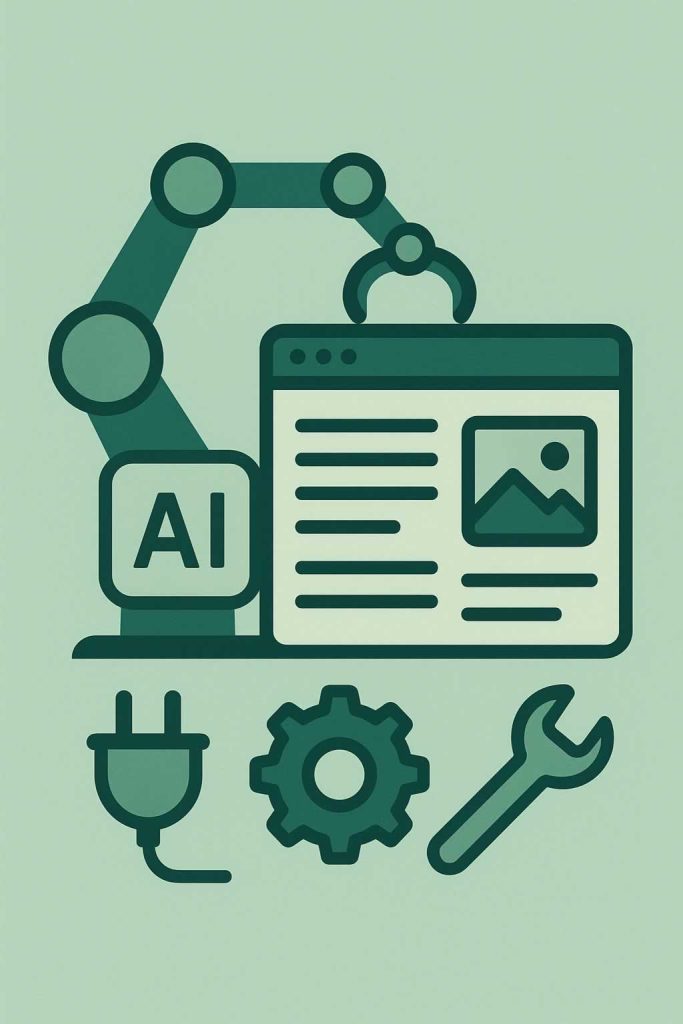

There are many tools available for integrating AI into websites, and the right one depends on what kind of functionality you’re looking to add. At AEHEA, we’ve worked with everything from simple chatbot plugins to fully customized API integrations that serve real-time predictions, content generation, or automated decision-making. The key is to choose tools that match your technical setup, your audience’s expectations, and the complexity of the AI task itself.
For chatbots and conversational AI, platforms like Dialogflow, Botpress, and Rasa allow you to build structured or AI-powered bots that can be embedded directly into your site. These tools provide frontend widgets, backend logic, and integration with messaging platforms like WhatsApp or Facebook Messenger. If you’re working with WordPress or another CMS, plugins like WP Chatbot or integrations with Tidio AI can offer no-code ways to add a smart assistant to your pages. These are great for handling FAQs, appointment booking, or basic lead generation.
If your AI needs go beyond conversation such as recommending products, analyzing uploaded images, or generating text then you’ll likely use RESTful APIs to connect your frontend with a backend model. Tools like Hugging Face Inference API, OpenAI’s API, or your own custom Flask or FastAPI server let you route user input to a model and send results back to the browser. We often use JavaScript or React to connect these endpoints with the site’s UI. This setup gives you full flexibility and allows the AI to act like a native feature of the site, whether it’s suggesting copy, tagging content, or summarizing a document.
For visual builders or automation-first websites, tools like n8n, Make, or Zapier can act as bridges between your site and external AI services. You might collect form submissions or user clicks, process the data through an AI tool, and then return results via email, database, or a real-time display. These integrations can be made without writing much code, and they’re ideal for startups or internal tools that need to go live quickly.
At AEHEA, we look at what the site is supposed to achieve faster support, better engagement, smarter content and then choose the AI tools that best support that goal. Whether the integration is visible to users or quietly powering the backend, the result is the same: a smarter, more capable website that feels like it knows what your users need.
